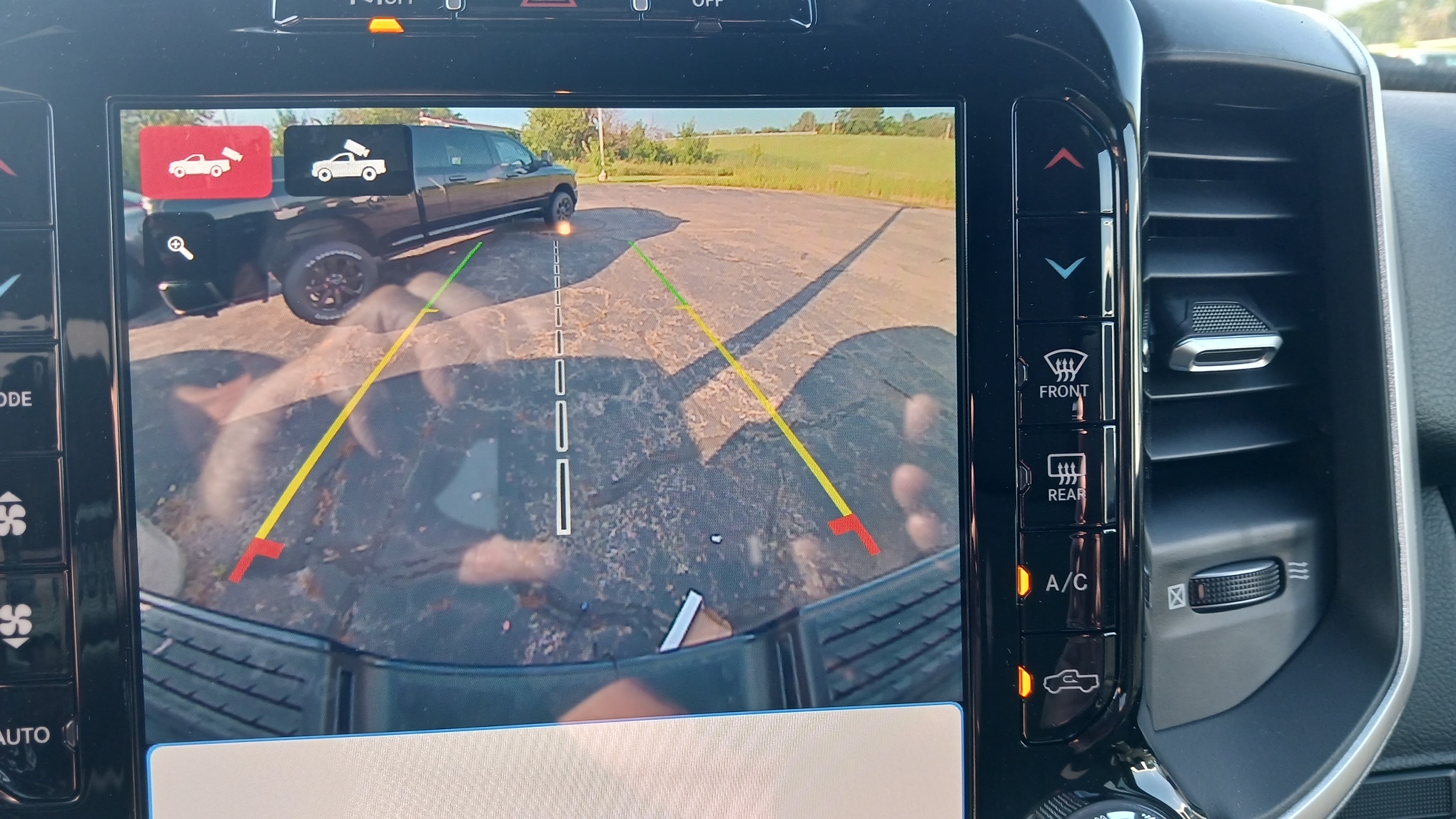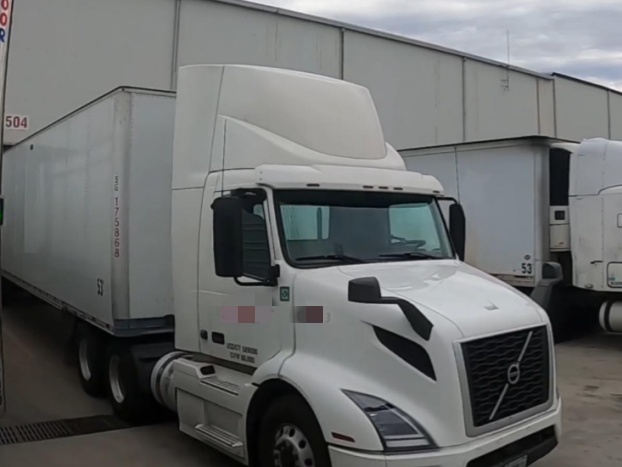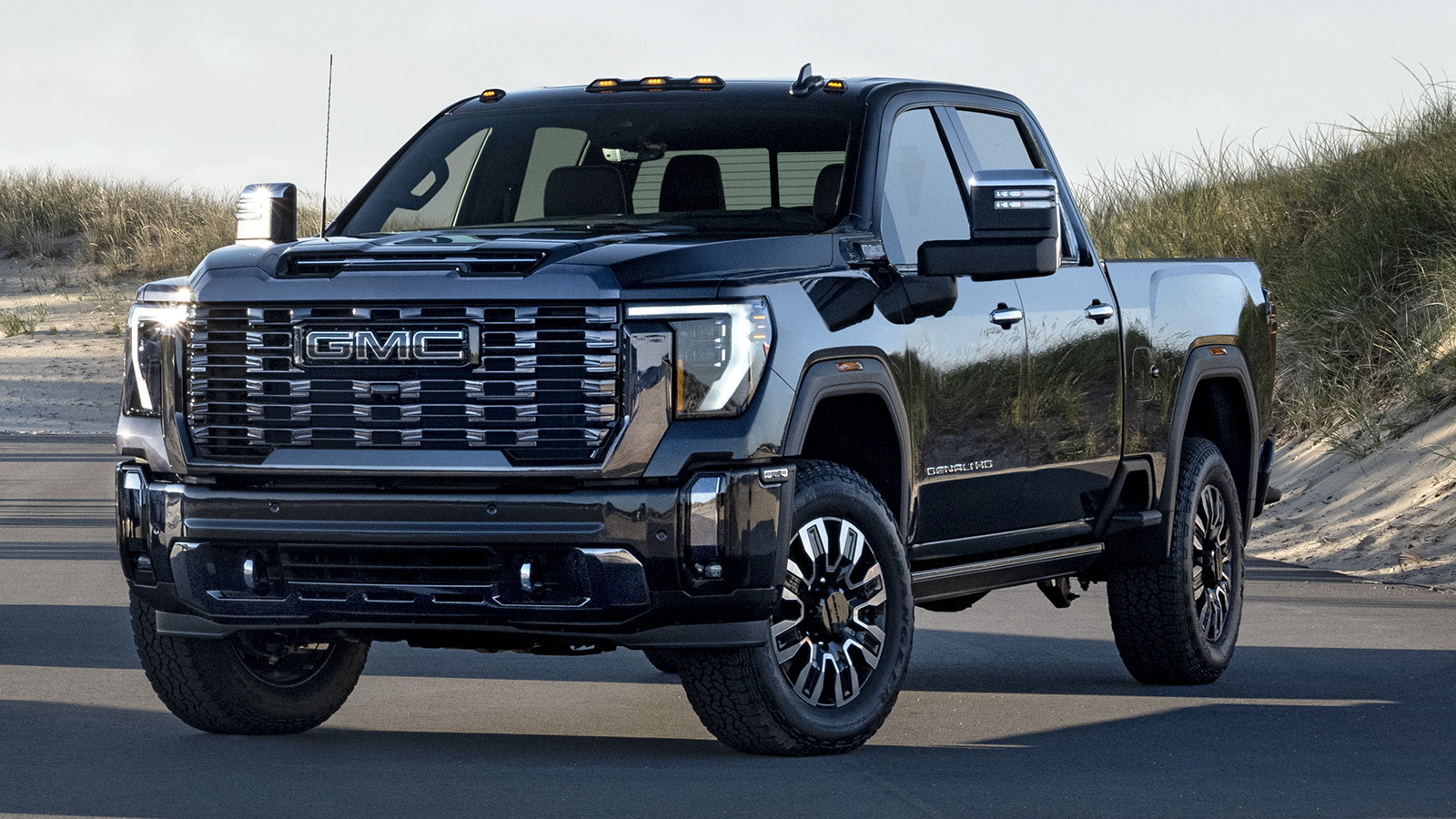1. Overview
The Low-Voltage Differential Signaling Backup Camera (LVDS Backup Camera) is a high-definition automotive camera that utilizes LVDS transmission technology, primarily used in rearview camera systems. Compared to traditional analog cameras (such as CVBS), LVDS cameras provide superior video quality, stronger anti-interference capabilities, and stable long-distance transmission, making them widely adopted in modern smart vehicles, commercial trucks, and specialized vehicles.
2. Introduction to LVDS Technology
LVDS (Low-Voltage Differential Signaling) is a high-speed digital signal transmission technology with the following characteristics:
- Low Voltage: Operates at 1.2V–1.8V, ensuring low power consumption.
- Differential Signaling: Uses twisted-pair transmission with inverted signals, offering strong electromagnetic interference (EMI) immunity.
- High-Speed Transmission: Supports data rates from hundreds of Mbps to several Gbps, suitable for HD video (e.g., 720p/1080p).
- Long-Distance Stability: In automotive environments, LVDS can reliably transmit video signals over 10 meters, whereas analog signals are prone to interference.

3. Advantages of LVDS Backup Cameras
Compared to traditional backup cameras (e.g., analog CVBS or AHD cameras), LVDS backup cameras offer the following advantages:
| Feature | LVDS Camera | Analog Camera (CVBS) | AHD Camera |
|---|---|---|---|
| Signal Type | Digital | Analog | Analog HD |
| Noise Immunity | Excellent (Differential) | Poor (Susceptible to interference) | Moderate |
| Video Quality | HD (720p/1080p) | SD (480p) | HD (720p/1080p) |
| Transmission Range | Stable beyond 10m | Short (Signal degradation) | Moderate (5-10m) |
| Power Consumption | Low | Low | Moderate |
| Cost | Higher | Low | Moderate |
4. Applications of LVDS Backup Cameras
(1) Passenger Vehicle Rearview Systems
Modern cars commonly integrate LVDS backup cameras with infotainment displays or digital rearview mirrors, providing HD rear visibility along with features like dynamic guidelines and night vision enhancement.
(2) Commercial & Special Vehicles
- Trucks & Buses: Due to their longer bodies, analog signals are more susceptible to interference, while LVDS ensures stable long-range transmission.
- Construction & Agricultural Vehicles: LVDS’s anti-interference capability is crucial in harsh electromagnetic environments.
(3) Advanced Driver Assistance Systems (ADAS)
Some ADAS systems incorporate LVDS cameras as part of 360° surround-view systems, enabling features like automated parking and blind-spot monitoring through advanced algorithms.
5. Future Trends
As automotive technology evolves, LVDS backup cameras may gradually be replaced by higher-speed SerDes (Serializer/Deserializer) technologies (e.g., GMSL, FPD-Link). However, they remain a mainstream solution in the short term. Future improvements may include:
- Higher Resolution (4K Support)
- Lower Power Consumption
- Integration with Automotive Ethernet
6. Conclusion
LVDS backup cameras, with their high-definition imaging, robust anti-interference performance, and reliable transmission, have become a key component of modern automotive rearview systems. As autonomous driving and smart cockpits advance, LVDS and related digital transmission technologies will continue to play a vital role in vehicular vision systems.
For professional LVDS backup camera solutions, contact DT-camera today. Our team is ready to help you develop the perfect vision system for your automotive applications.
Contact Information:
info@dt-camera.com | Tiffany | www.dt-camera.com









